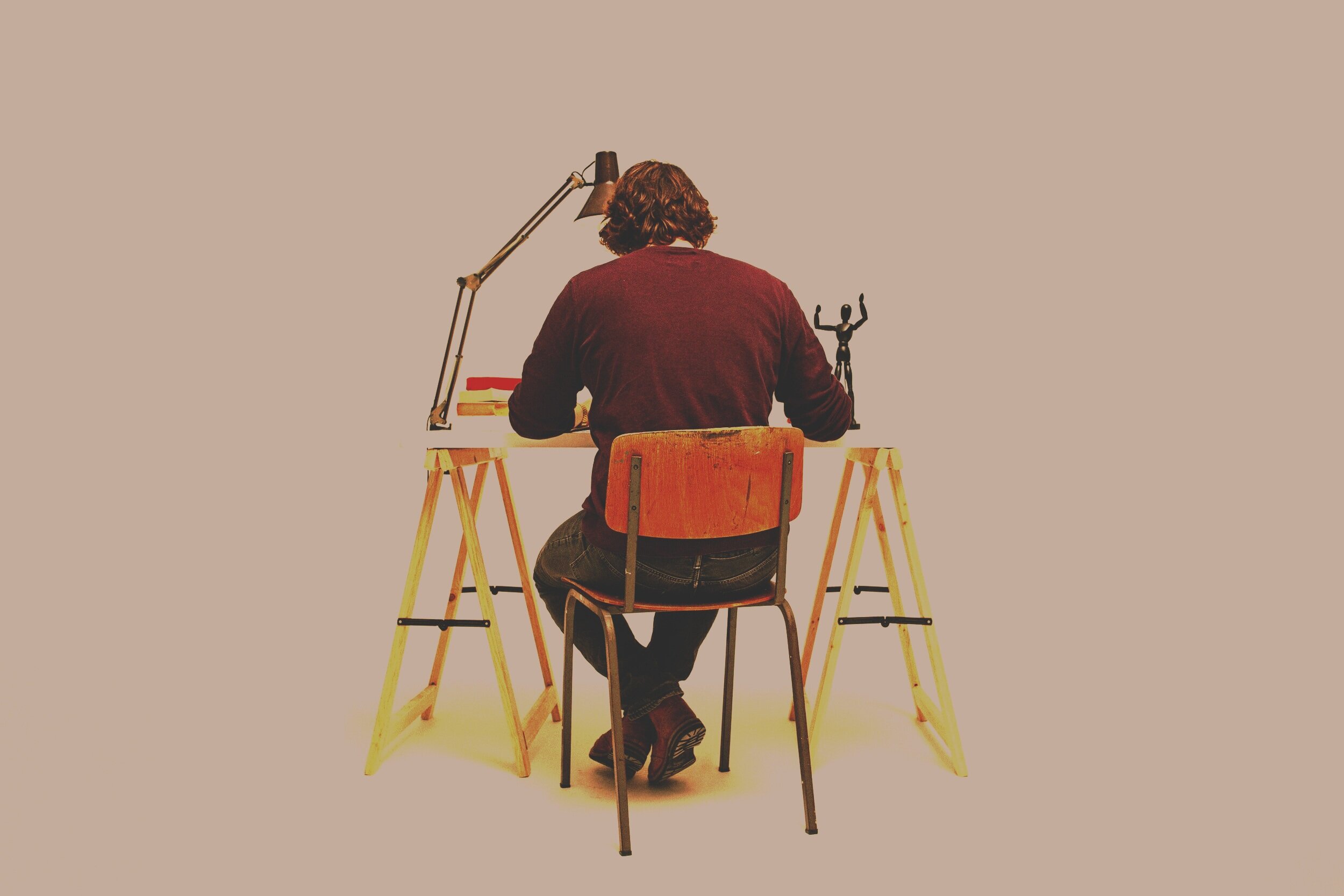This article examines the transformative impact of 3D printing across various industries, from aerospace to construction and even culinary arts. It offers practical design tips for optimizing your prints, such as adjusting support structures, infill percentages, and finishing techniques to enhance both functionality and aesthetics. Learn how to leverage these insights to elevate your projects and harness the full potential of this versatile technology.
All in Series & Short Course
Optimization From Nature - Genetic Algorithms - A Brief Introduction
In this second part on optimization, the basics of the genetic algorithm are explored and explained, with an introduction to selection, cross-over, and mutation.
Bring Your Sketches to Life with Simple Shading and Shadow
Relatively simple things can be done to liven up your sketches. This article presents a number of common techniques to try.
Design Thinking Part 5: Tips and Anecdotes
In this final part of the Design Thinking series, I highlight empathy development as a distinguishing factor in the Design Thinking approach and describe 6 reasons why some people fail to find success with Design Thinking.
Design Thinking Part 4: Framing and Reframing Design Problems
Problem framing is about uncovering the actual problem worth solving – which is often hidden to everyone when the design process begins. A key part of framing and reframing is to see the problem from various perspectives and to search for best match between the problem frames and the solution candidates. This article provides the basics of problem framing and positions it as the backbone of Design Thinking.
Visual Thinking Exercises for Engineers
Visual thinking skills enables good sketching. Good sketching facilitates rapid design iteration. Good design emerges from significant iteration. Based on this logic, visual thinking skills are foundational to good design.
What is Systems Design? Part 2
This article continues the discussion on “systems design” and introduces the system design spectrum that is useful to understand where and why multiple people use the word “system” in multiple ways.
Learn to Sketch: Shading and Shadowing Cylinders
Until recently, how to shade and shadow cylindrical objects has been a mystery to me. I had known there should be areas on the surface shaded lighter and others darker, but I didn’t quite know where those should be. Understanding the physics and practicing the sketches in a detailed way (a few times) helped me lock in the core concepts. Now I can sketch them quickly without trouble. This article shares the physics and provides a step-by-step process for skill building.
The Tenth Face of Innovation: The Storyteller
The Tenth Face of Innovation is The Storyteller. Life is full of stories and being able to tell a good one can make all the difference in the world.
Design Thinking Part 3: Design Thinking as a Mindset
This part of the Design Thinking series describes the mindset of expert designers. The article argues that the mindset of Design Thinking is enabling and freeing because it represents the beliefs that the designer uses to choose good design actions at appropriate times given the unique characteristics of the problem being solved.
Design Thinking Part 2: Design Thinking as a Step-by-Step Process
Design Thinking is not new. It’s been around for decades. The first attempt to turn it into a process was in 1969. Contemporary forms of that process still exist today, the most popular being the 5-step process introduced by the Stanford Design School in 2005. This article describes that process and other techniques that will help you try-out Design Thinking.
Design Thinking Part 1: Basic Concepts and Principles
Design Thinking is a powerful and popular topic, but it is also illusive and ill-defined. This article demystifies Design Thinking just enough so you can begin benefitting from what it offers. This is the first of a 5 part series on Design Thinking, where this first part provides basic definitions, view points, history, and Design Thinking exercises.
The Ninth Face of Innovation: The Caregiver
We don’t often think of Caregiving when it comes to design or engineering, but we should. This face of innovation can make the difference between an enjoyable experience with a product or process and a miserable one.
The Eighth Face of Innovation: The Set Designer
Most people agree that the environment can have a huge impact on our state of mind, productivity, and innovation. The Eighth Face of Innovation, The Set Designer, knows this too. Even if we aren’t setting up the spaces for others, we can and should be aware of where we’re are choosing to work and make sure that workspace is what we need to maximize our creativity.
Design in Data Figures: Multi-Axis Figures
Multi-Axis Figures can be powerful in telling a story, but there are some real pitfalls that we see people fall into time and time again. Be careful and know the mistakes that others have made in order to keep your data figures well designed.
Connecting the Dots Backwards: Not Knowing What We Don’t Know, Part 2
Billions of people use mathematics everyday, arithmetic to multivariable calculus. This has become a paradox that I have spent time thinking about – math is certainly useful, yet why is it so hard to explain or show students how it can be useful to them?
Connecting the Dots Backwards: Not Knowing What We Don’t Know, Part 1
Because we have so much information at our fingertips via smart devices and the internet many students complain at having to learn (especially memorize) anything. The common response by students is that this is a waste of time and that these things can always be looked up in the future. Well they certainly can. That isn’t the point I am debating. The problem is that you can only look up things that you know you don’t know.
The Sixth Face of Innovation: The Director
Directors bring their own set of experiences, styles, and personality to the studio but they all concurrently support the show’s mission and want to make a great product. Thus, an organization or team can have multiple directors even if there still is team leader (or executive movie producer on set). You might not be the leader on your design engineering team but there may still be opportunities to take on the role of Director.
Design in Data Figures: Rasterized versus Vectorized
Have you ever zoomed in on an image and it was so pixelated you couldn’t read or understand anything? Have you ever had an email get stuck behind a filter because your figures or images were too big in terms of file size? If any of that sounds familiar, you might be using the wrong kind of images or figures.
Design in Data Figures: The Ratio of Data-to-Non-Data
Never heard of the data-to-not-data ratio in figures? It’s a good thing to know and consider. This is one article in a series of techniques and practices for designing good figures and visualizations.



















